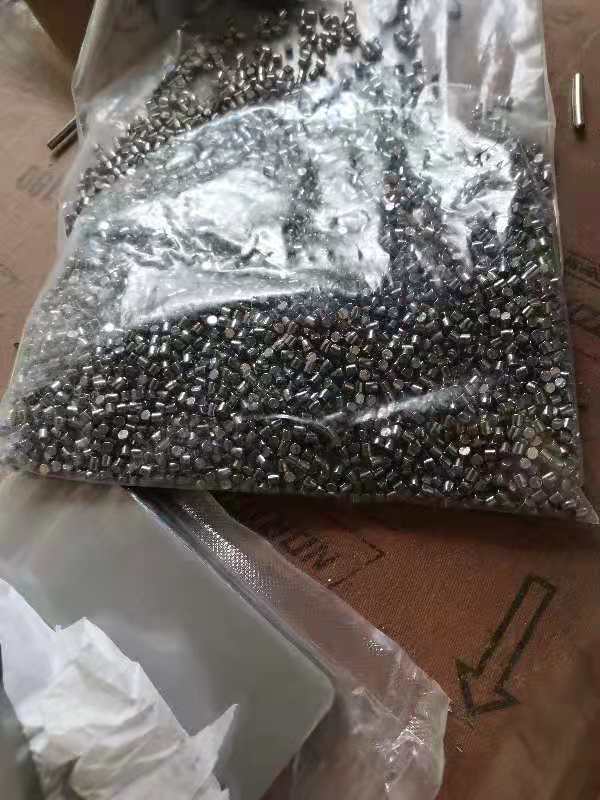On July 11, 2015, the International Energy Agency (IEA) stated that the supply of large excesses may further depress oil prices and the market rebalancing process may continue until late 2016.
The IEA stated that because the global oil market cannot digest the large amount of crude oil currently produced, "it must be changed."
"The oil market suffered a severe oversupply in the second quarter of 2015. This is still the case," the IEA said in its monthly report.
"It is also very clear that the market's ability to absorb excess supplies is unlikely to be maintained. Onshore storage space is limited," the IEA added. "One day it will not hold."
"The market has not yet bottomed out."
OPEC’s core member countries had strong production for most of last year in order to regain market share.
Oil prices rebounded after hitting a nearly six-year low of $45 in January. The price of oil began to plummet after reaching 115 US dollars in June 2014, and the decline deepened after OPEC refused to support oil prices and chose to protect its market share.
At 0800 GMT on Friday, the indicator Brent crude oil futures LCOc1 was quoted at approximately $59.50 a barrel.
The IEA said that OPEC’s daily production of crude oil increased by 340,000 barrels to 31.7 million barrels in June, a record high for three years, driven by high output innovations in Iraq, Saudi Arabia and the UAE.
IEA said Saudi Arabia (Saudi) Arab crude oil supply in June increased by 50,000 barrels per day to a record of 10.35 million barrels per day, Iraq’s crude oil production soared 270,000 barrels per day to a record high of 4.12 million barrels per day. .
At the same time, global crude oil demand growth is slowing.
The IEA reduced its global crude oil demand forecast this year to 1.39 million barrels per day, and said that it expects demand growth to slow to 1.2 million barrels per day in 2016.
However, the recent sharp drop in oil prices has begun to have an impact on the production of crude oil in non-OPEC countries, especially the United States. In the past five years, the United States has achieved unprecedented growth in light shale oil production and has overturned the entire oil industry.
The IEA said that non-OPEC crude oil supply growth is expected to stop in 2016 under the impact of falling oil prices and spending cuts. The agency expects non-OPEC oil supply to increase by 1 million barrels/day in 2015 and zero in 2016.
Tantalum, a metallic element, occurs primarily in tantalite and is associated with niobium.Tantalum is moderately hard and ductile, and can be drawn into filaments to make thin foil.Its coefficient of thermal expansion is very small.Tantalum has excellent chemical properties and is highly resistant to corrosion.Although the corrosion resistance of tantalum is very strong, its corrosion resistance is due to the formation of stable tantalum pentoxide (Ta2O5) protective film on the surface.It does not react with hydrochloric acid, concentrated nitric acid and "aqua regia" either in hot or cold conditions.It can be used to make evaporating vessels, as well as electrodes, rectifiers and electrolytic capacitors for electronic tubes.Used medically to make thin sheets or threads to mend damaged tissue.





Item Name: Tantalum and Tantalum Product / Ta
Melt Point: 2996°C
Boiling Point: 5425°C
Material Grade
Condition
Diameter (mm)
Tolerance for diameter(mm)
Ta1
Ta2
Ta10W
Ta2.5W
Ta17.5W
M
Y
0.2≤d≤0.25
±0.01
0.3≤d≤0.6
±0.015
0.8≤d≤1.0
±0.02
0.1≤d≤1.2
±0.03
1.2≤d≤1.5
±0.03
1.5≤d≤2.5
±0.04
Tantalum Tubes for elaectronical, tantalum wire for resistor.
Baoji Jintaoyue New Material Technology Co.,Ltd , https://www.jtytitanium.com